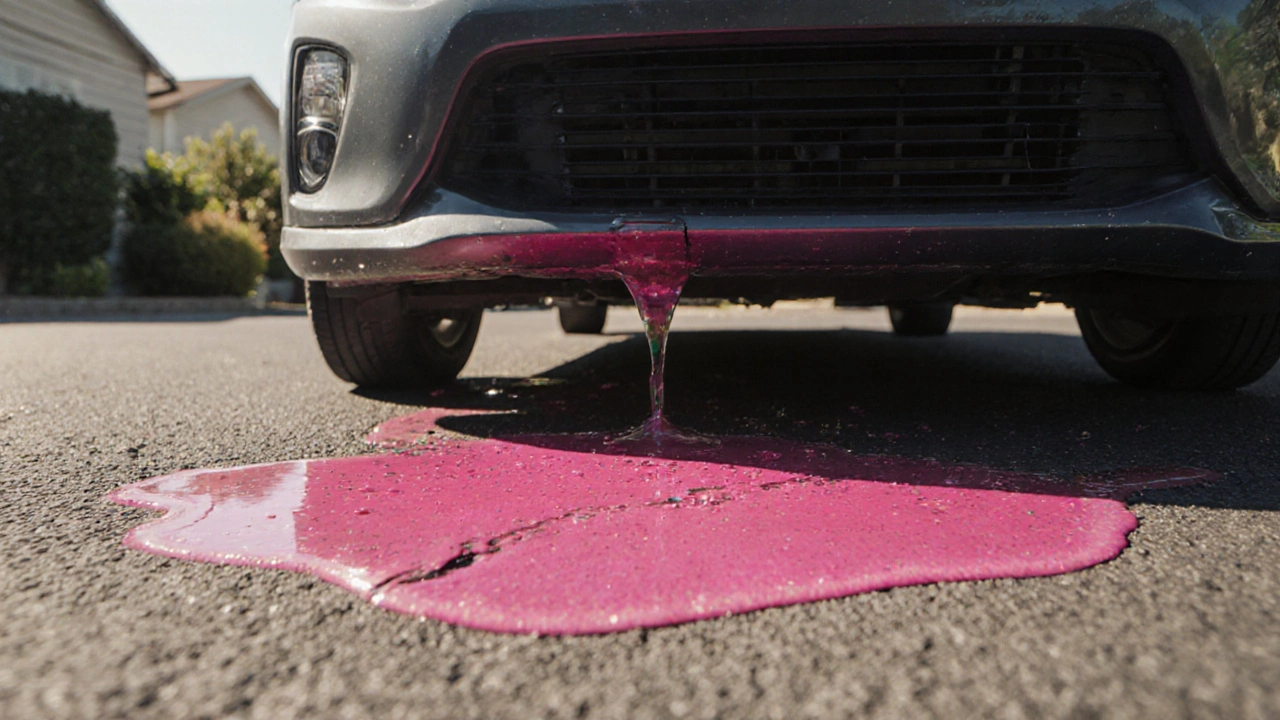Car Radiator Problems: Signs, Causes, and How to Fix Them
When your car radiator, the main component that cools your engine by circulating coolant through metal fins and tubes. Also known as engine radiator, it’s one of the most critical parts you’ll never notice—until it fails. A broken radiator doesn’t just make your car run hot; it can destroy your engine in minutes. Most people ignore the early warnings because there’s no warning light or loud noise—just a slow, silent breakdown. But if you’ve seen steam under the hood, noticed puddles under your car, or felt your temperature gauge creep up, you’re already dealing with car radiator problems.
These issues rarely happen alone. A radiator leak, a crack or corrosion point where coolant escapes often comes with a coolant leak, the visible sign of fluid loss from hoses, gaskets, or the radiator itself. These aren’t just messes—they’re symptoms of deeper problems. Rust from old coolant, debris from a clogged cooling system, or even a blown head gasket can force your radiator to work harder until it cracks. And if you keep driving, that tiny drip turns into a $2,000 engine repair. The good news? Most radiator failures show clear signs long before they’re catastrophic. You don’t need a mechanic to spot them.
Look for the basics: coolant on your driveway, a sweet smell when you open the hood, or your engine running hotter than usual—even in cold weather. Check the radiator cap for cracks, the hoses for bulges or soft spots, and the coolant itself for rust or gunk. A simple visual inspection can catch 80% of problems before they turn into breakdowns. And if you’ve got a radiator that’s over 8 years old, don’t wait for it to fail—check it now. Replacing it before it bursts saves time, money, and stress.
Below, you’ll find real-world guides from UK drivers and mechanics on how to test your radiator, spot hidden leaks, understand why radiators fail, and decide whether to repair or replace. No theory. No fluff. Just what works on the road.

Signs Your Car Radiator Needs Replacing - How to Spot Radiator Problems
Learn how to spot the signs that your car radiator needs replacing, from coolant leaks to overheating, and follow a step-by-step diagnostic guide.
October 12 2025